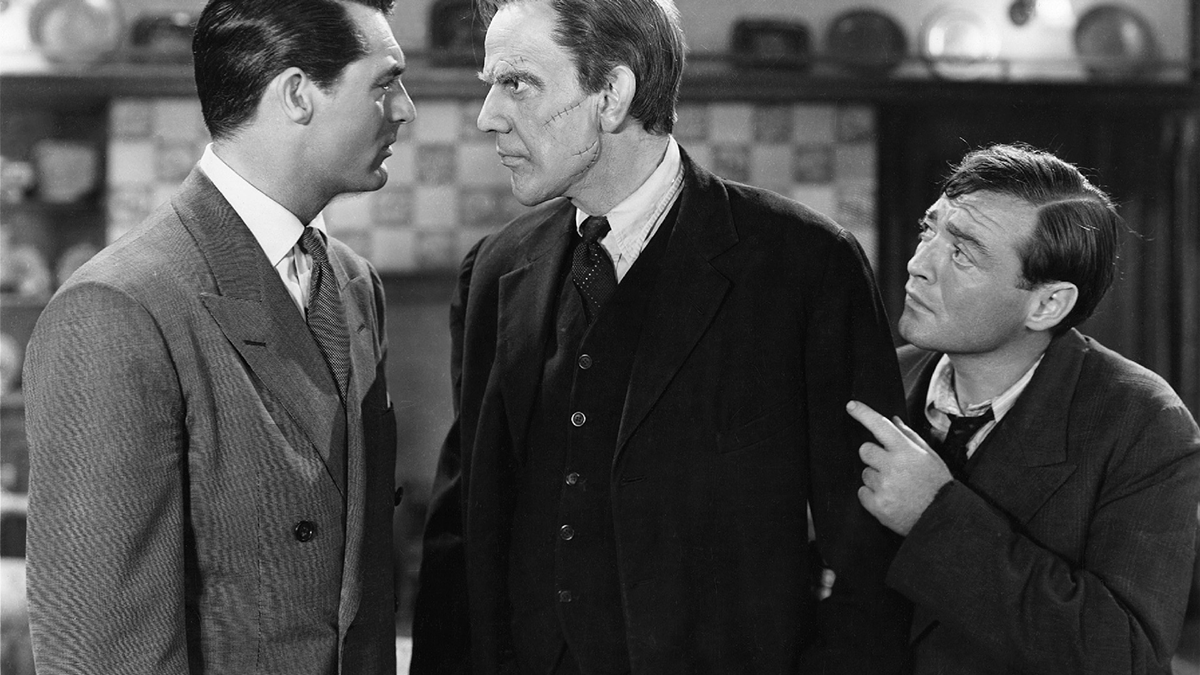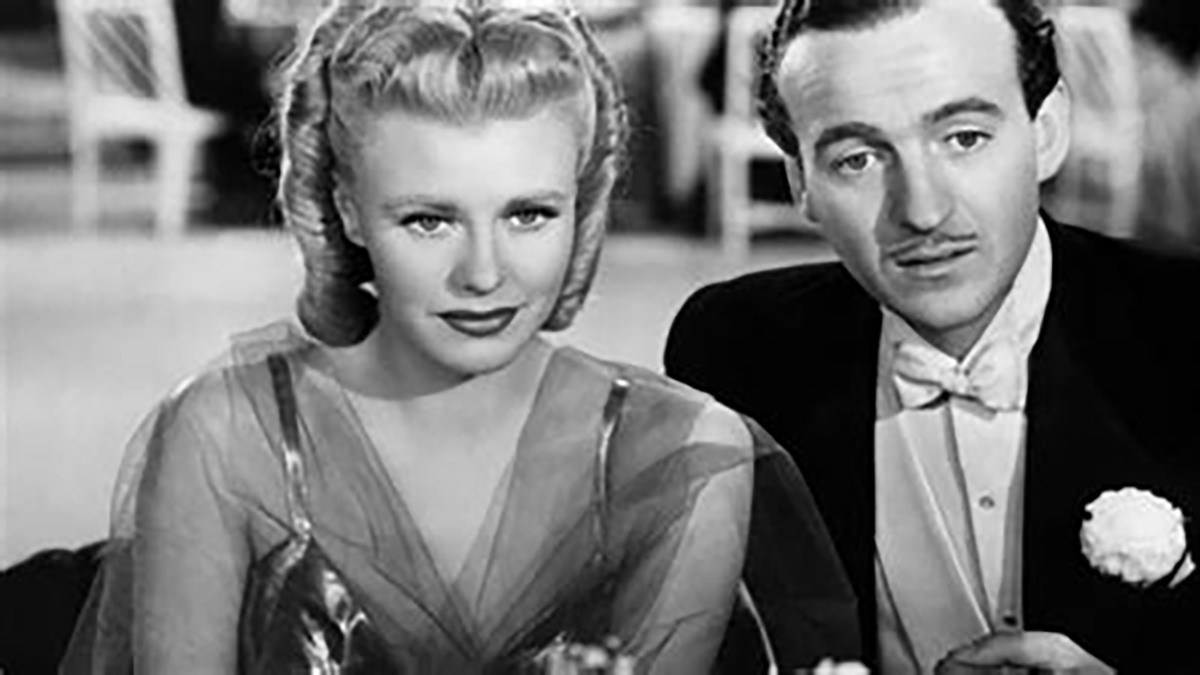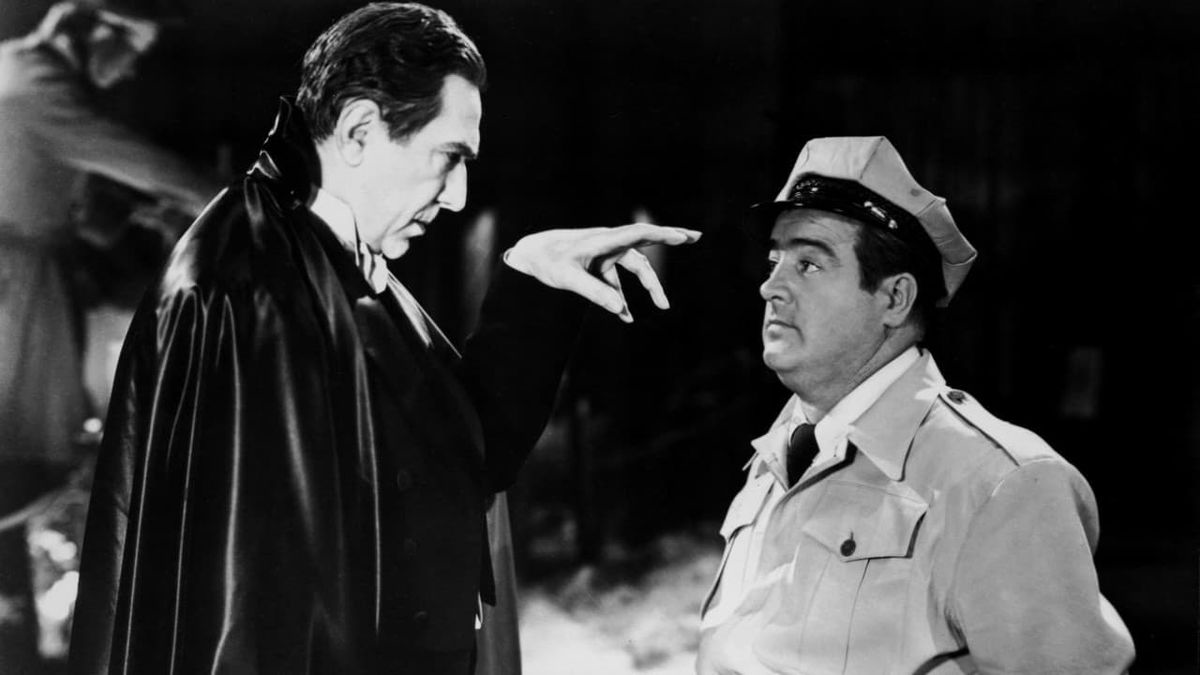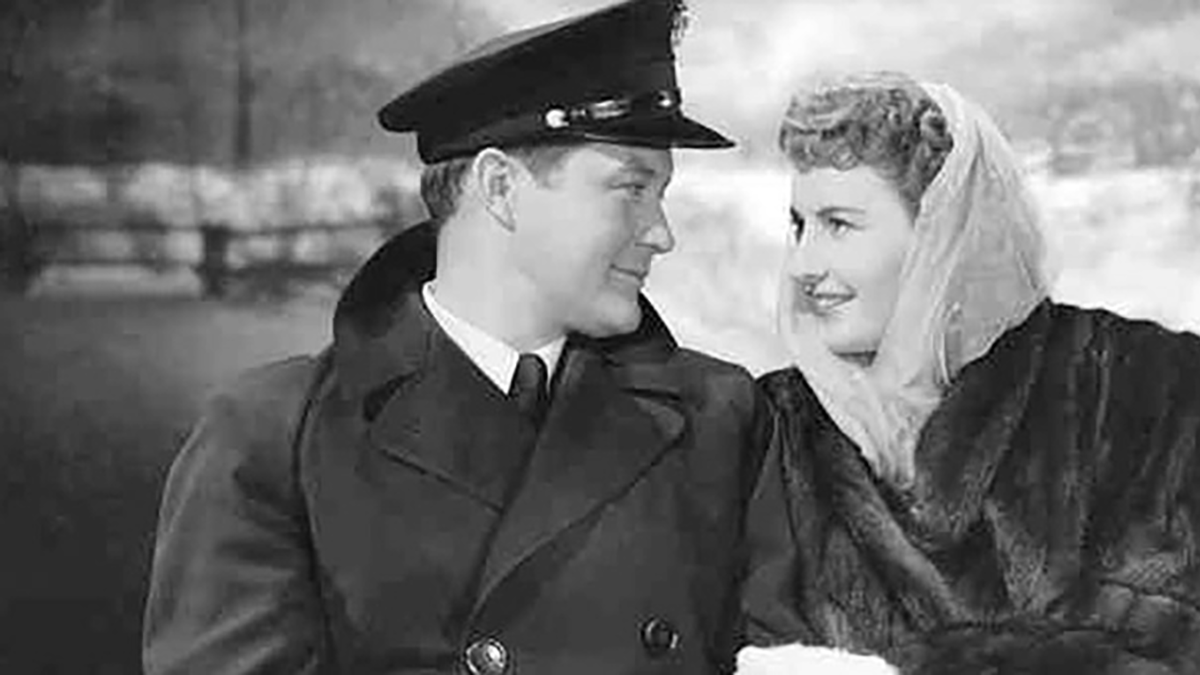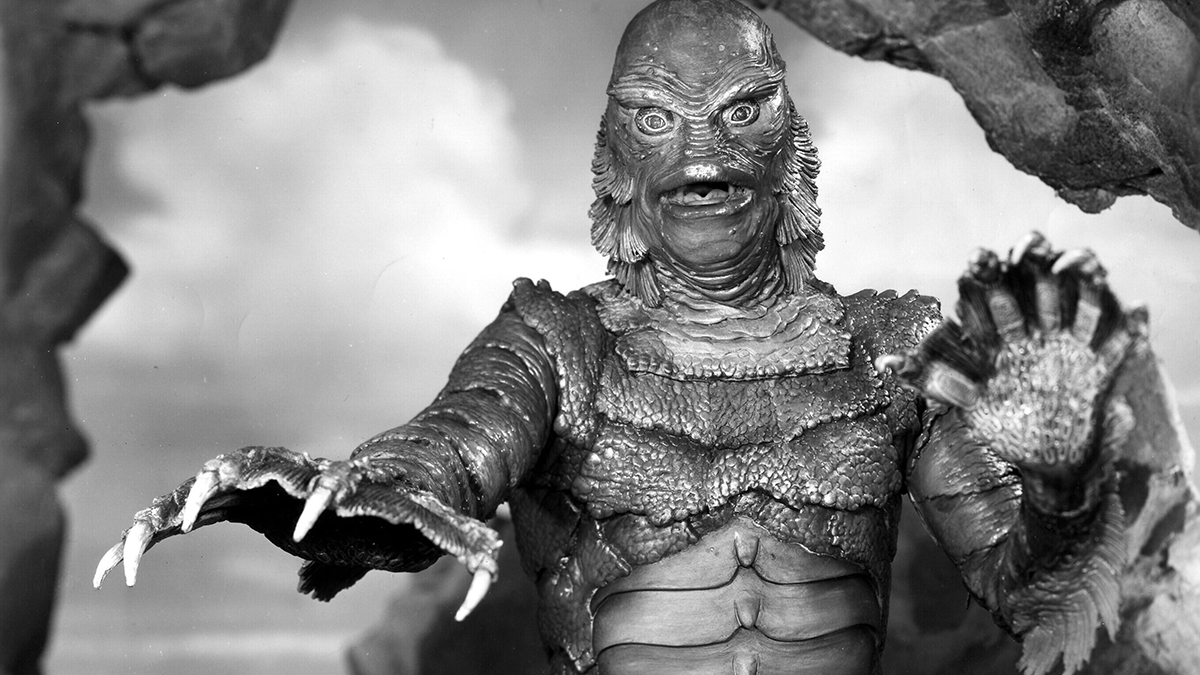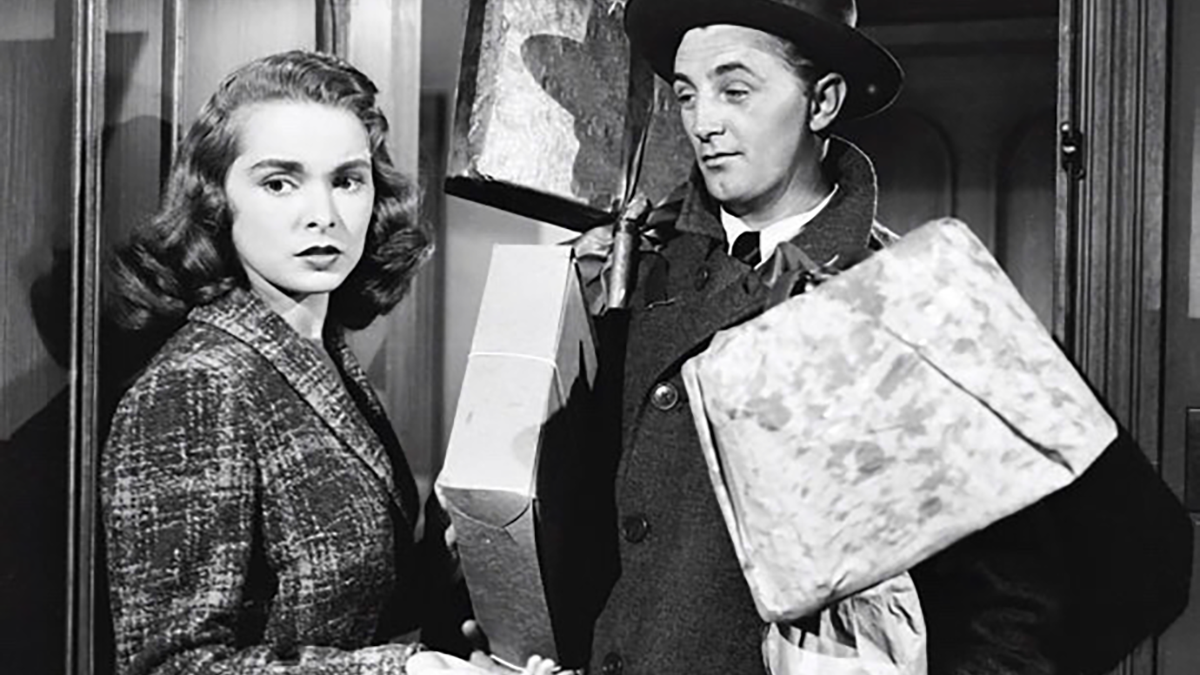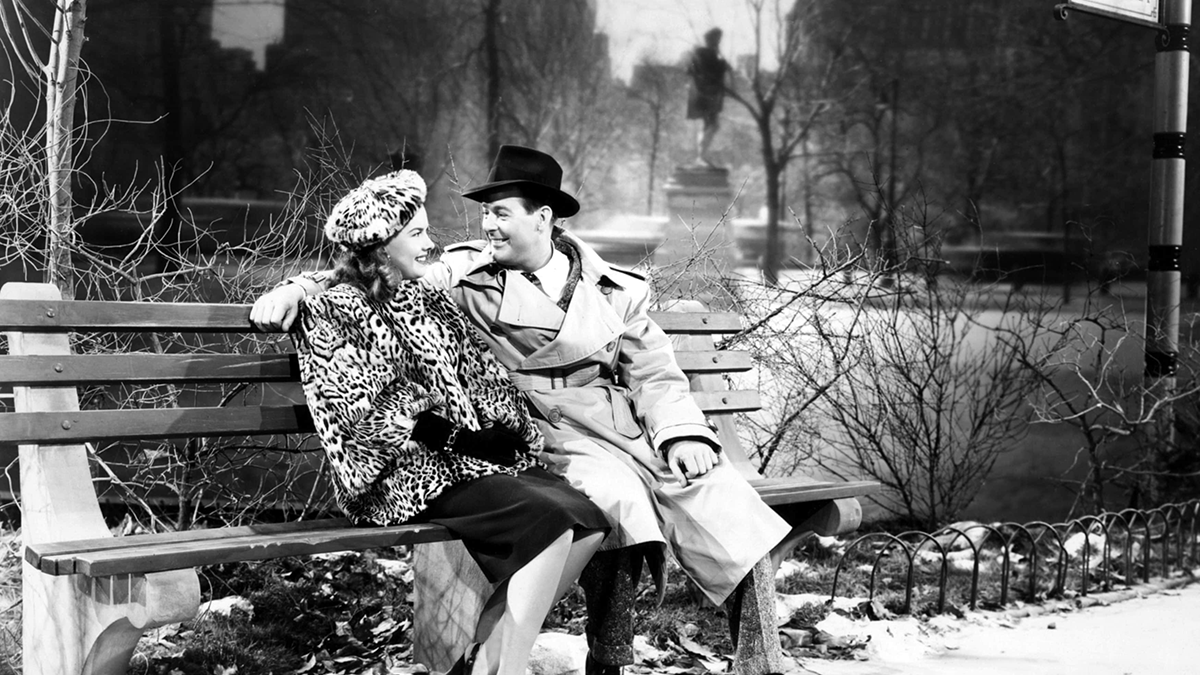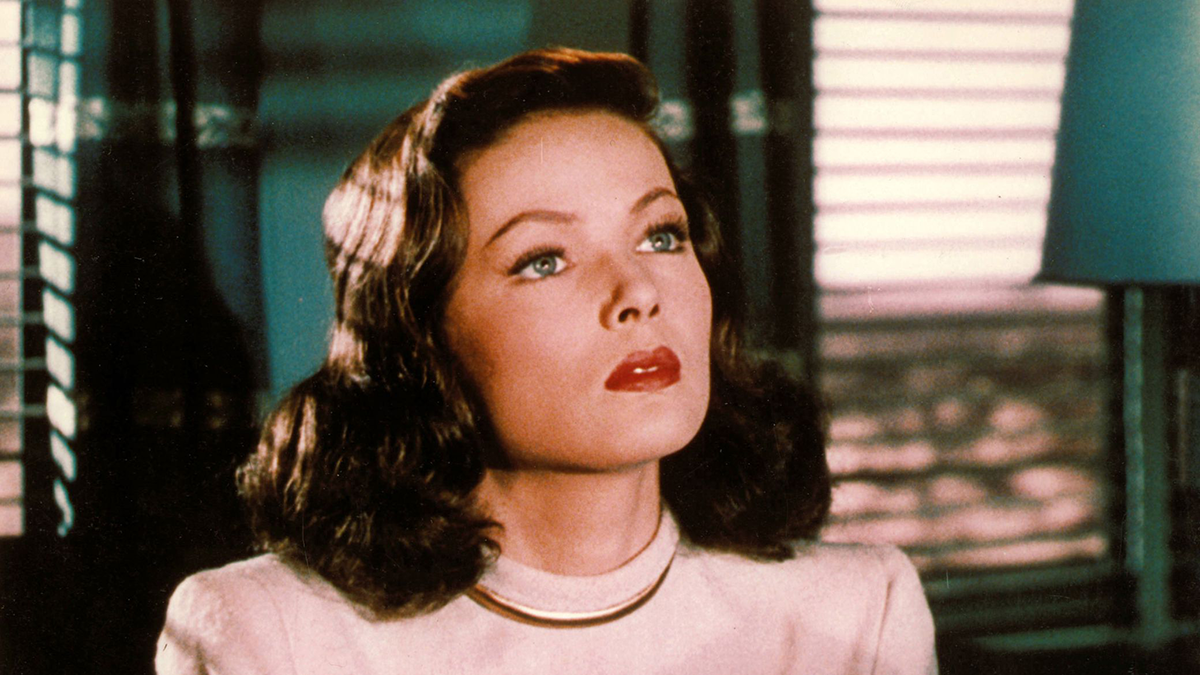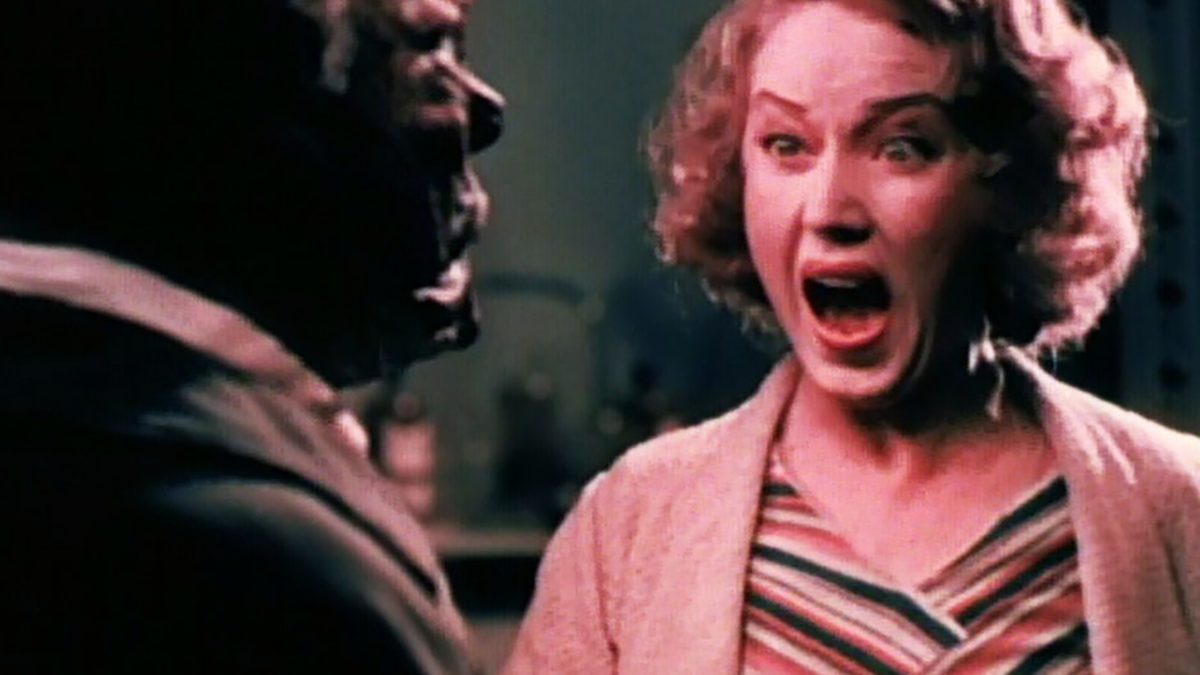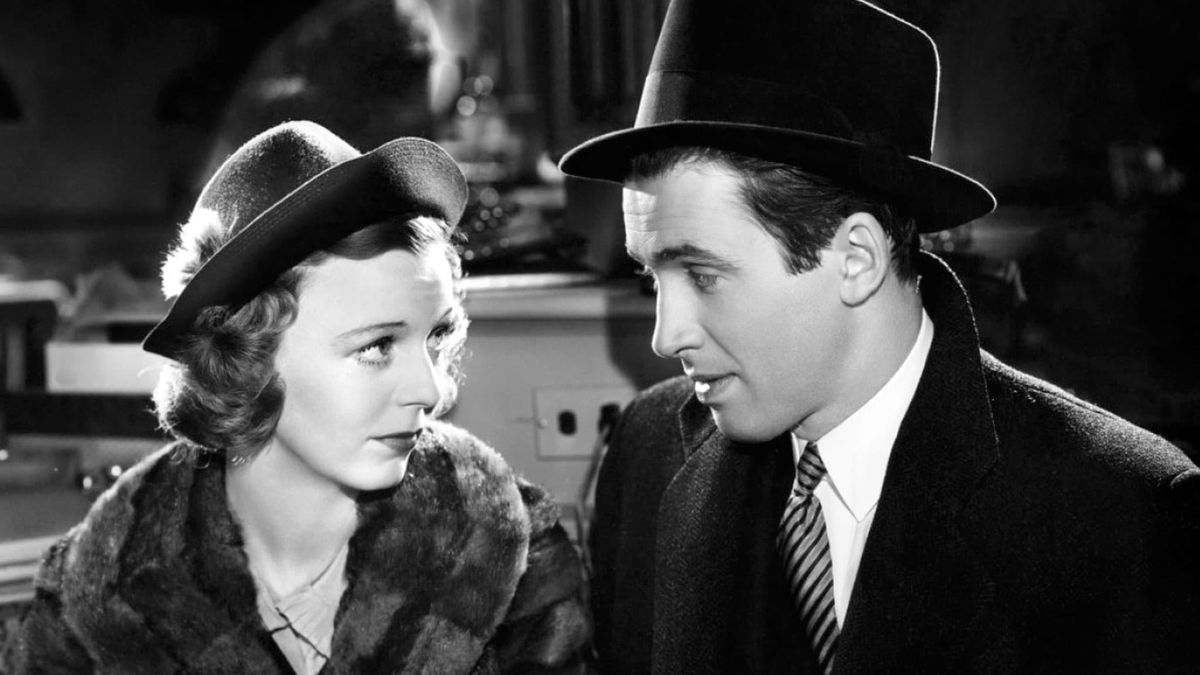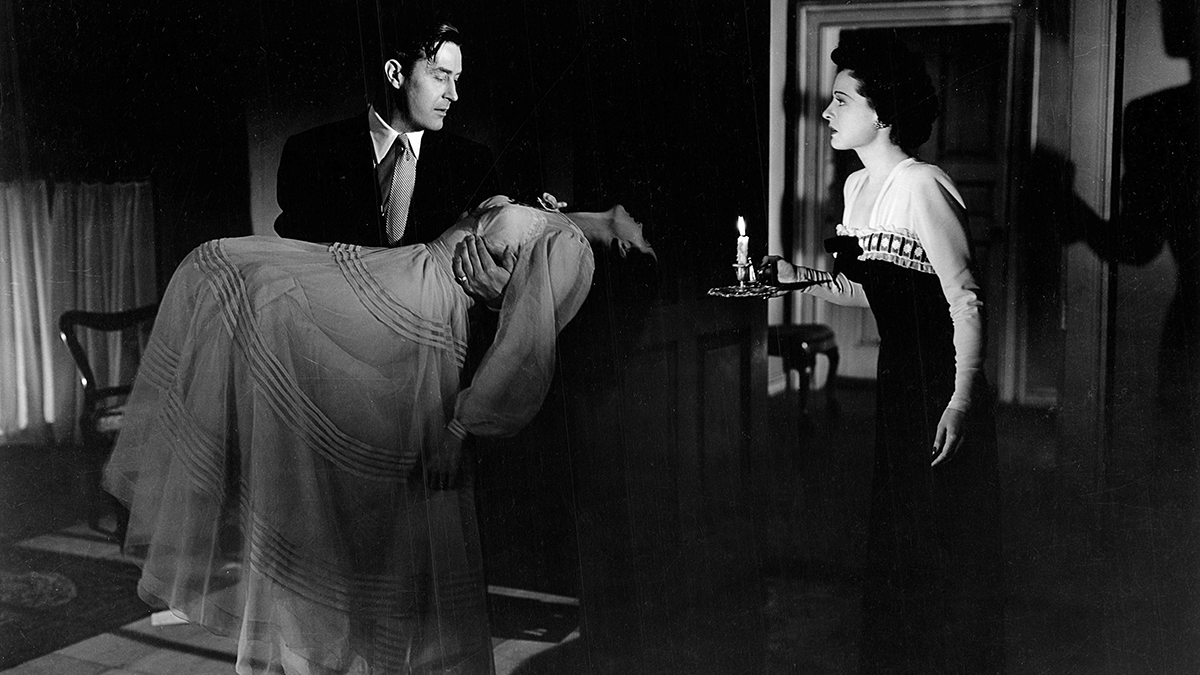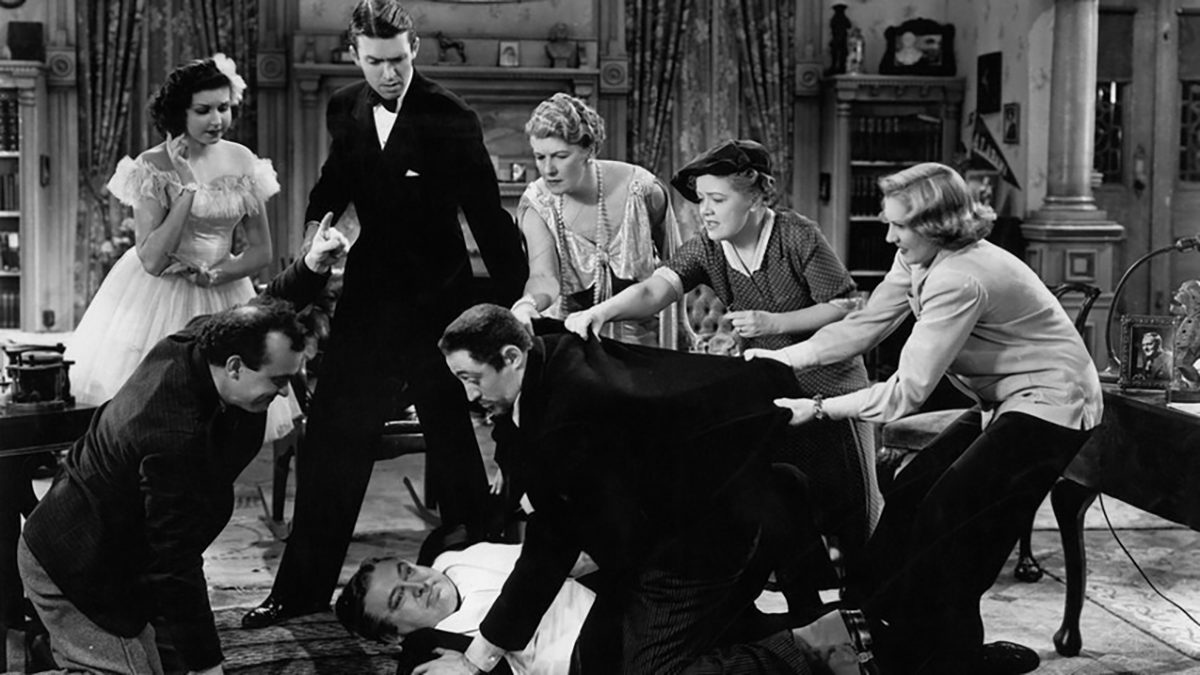Classics
When I was 14 years old, I happened to catch John Huston’s 1948 noir Key Largo one night on Turner Classic Movies, and I was hooked. Looking back, I can’t quite put my finger on what exactly was so beguiling about that over-50-year-old movie to an eighth grader. Was it the electric casting—real-life couple Humphrey Bogart and Lauren Bacall, Edward G. Robinson reinventing the gangster type that skyrocketed him to fame at the start of the 1930s, and Claire Trevor in an Oscar-winning turn as an alcoholic moll? Was it the claustrophobic atmosphere of being trapped in a ramshackle inn during a raging hurricane? Was it the turn in the final act from a tense chamber piece to a nail-biting action sequence at sea? I’m not positive about that, but I do remember my reaction to the concept of the Golden Age of Hollywood as a whole: “What else is out there?” A lot, as I was quick to discover. The output from the major American movie studios from the early days of cinema and the birth of talking pictures all the way to the end of the 1960s and the rapidly changing social mores provide a tantalizing glimpse into the past in ways both big and small: the jaunty slang and glamorous fashions of the 1930s, the wartime morale boosters of the 1940s, the anxiety-riddled thrillers of the 1950s. As much as these movies are windows to another time, they’ve rarely become outdated. The comedies still elicit laughs, the thrillers still put you on the edge of your seat, the musical numbers still hit, and the melodramas still tug at your heartstrings. There will never be another era like it, but we can always revisit it- and the filmmakers behind the camera and the faces on screen and the worlds they created—in the movies.

